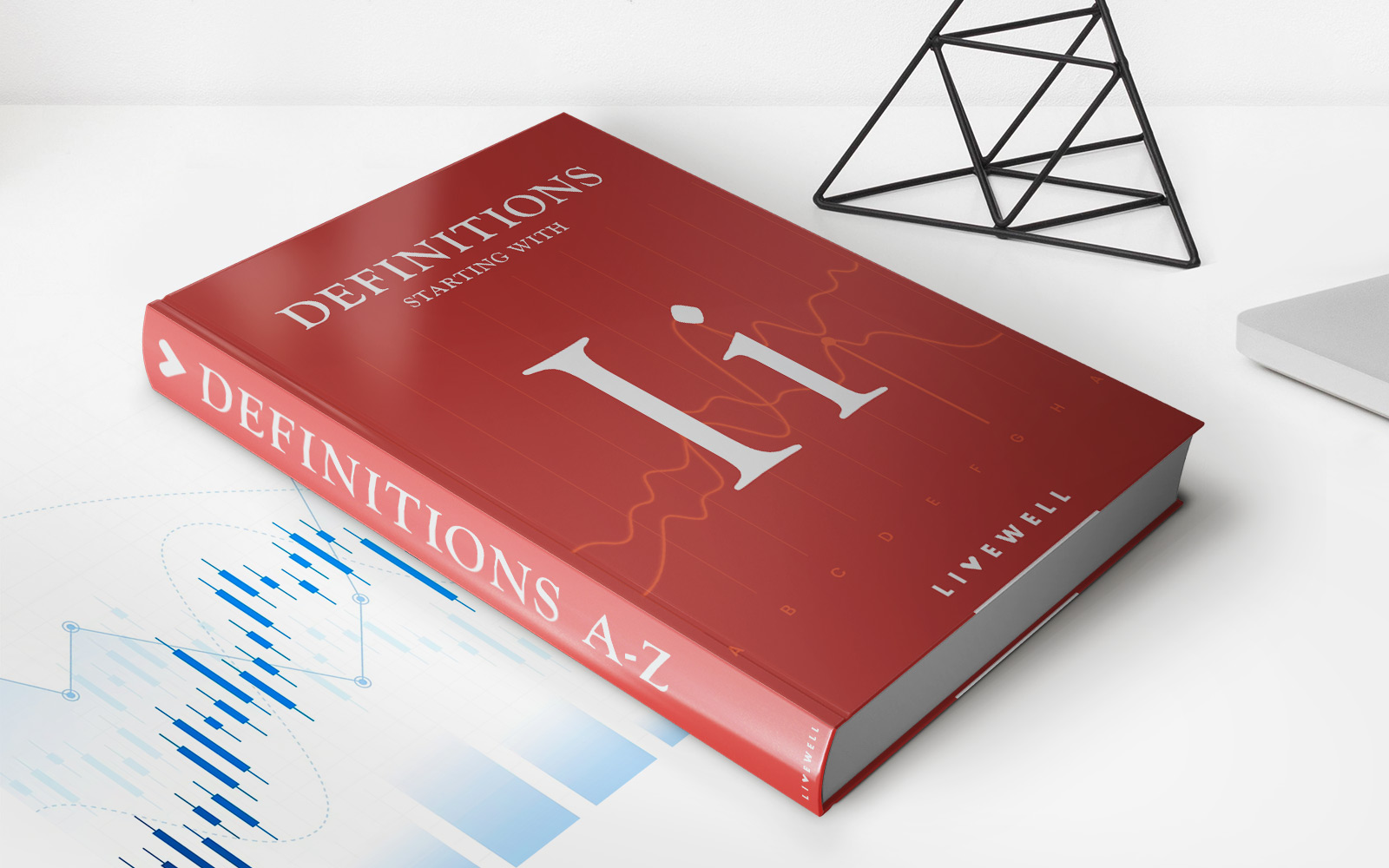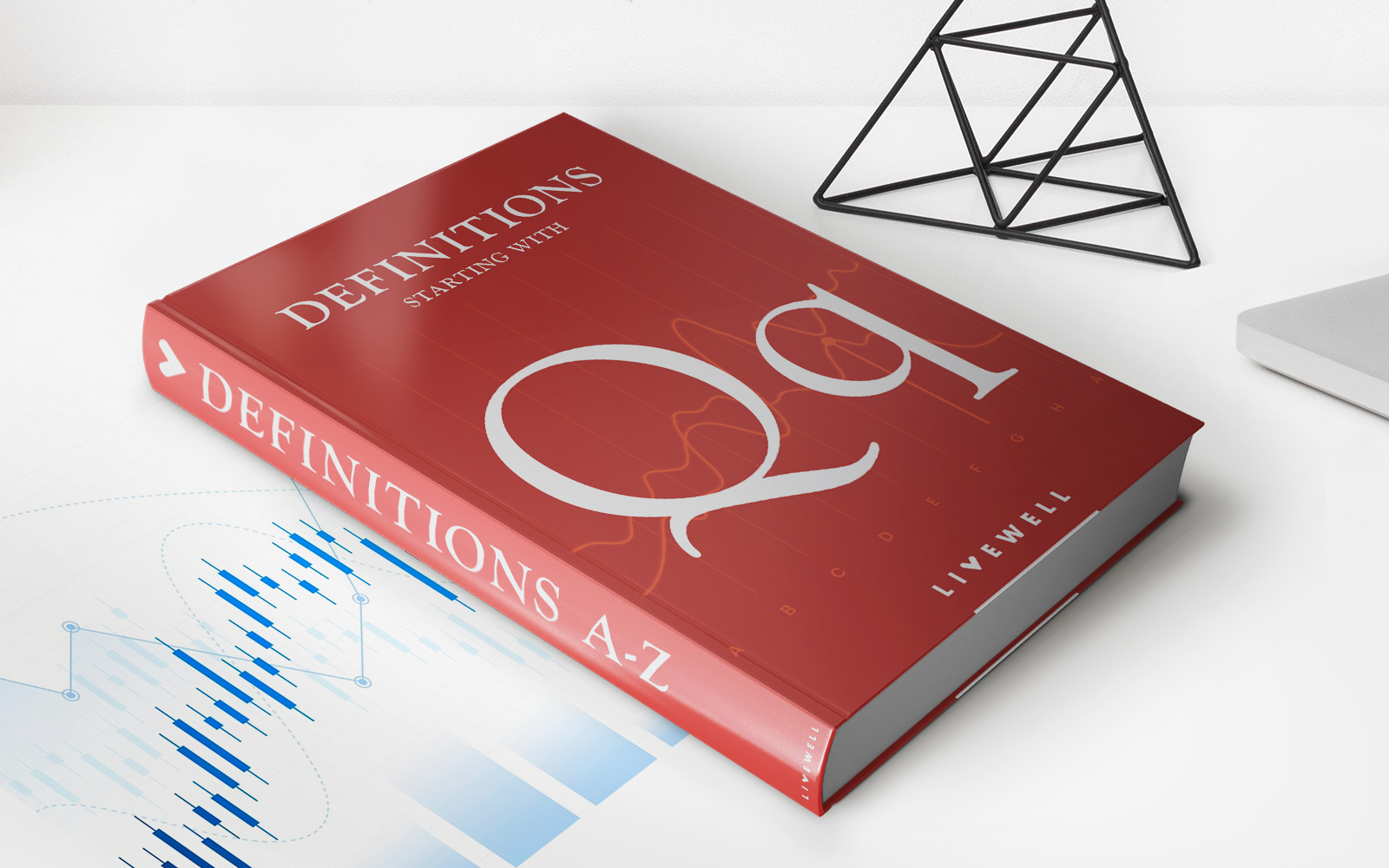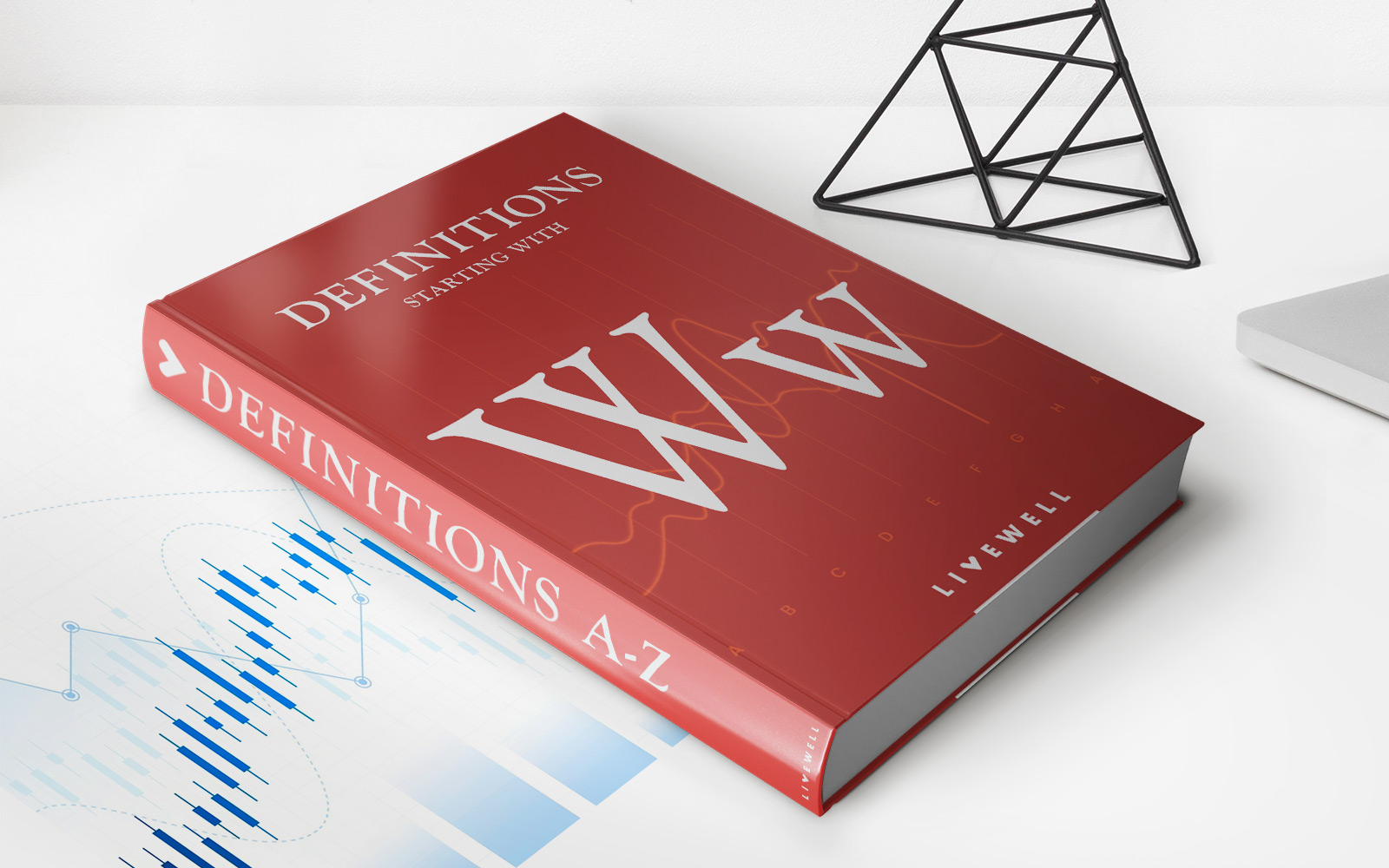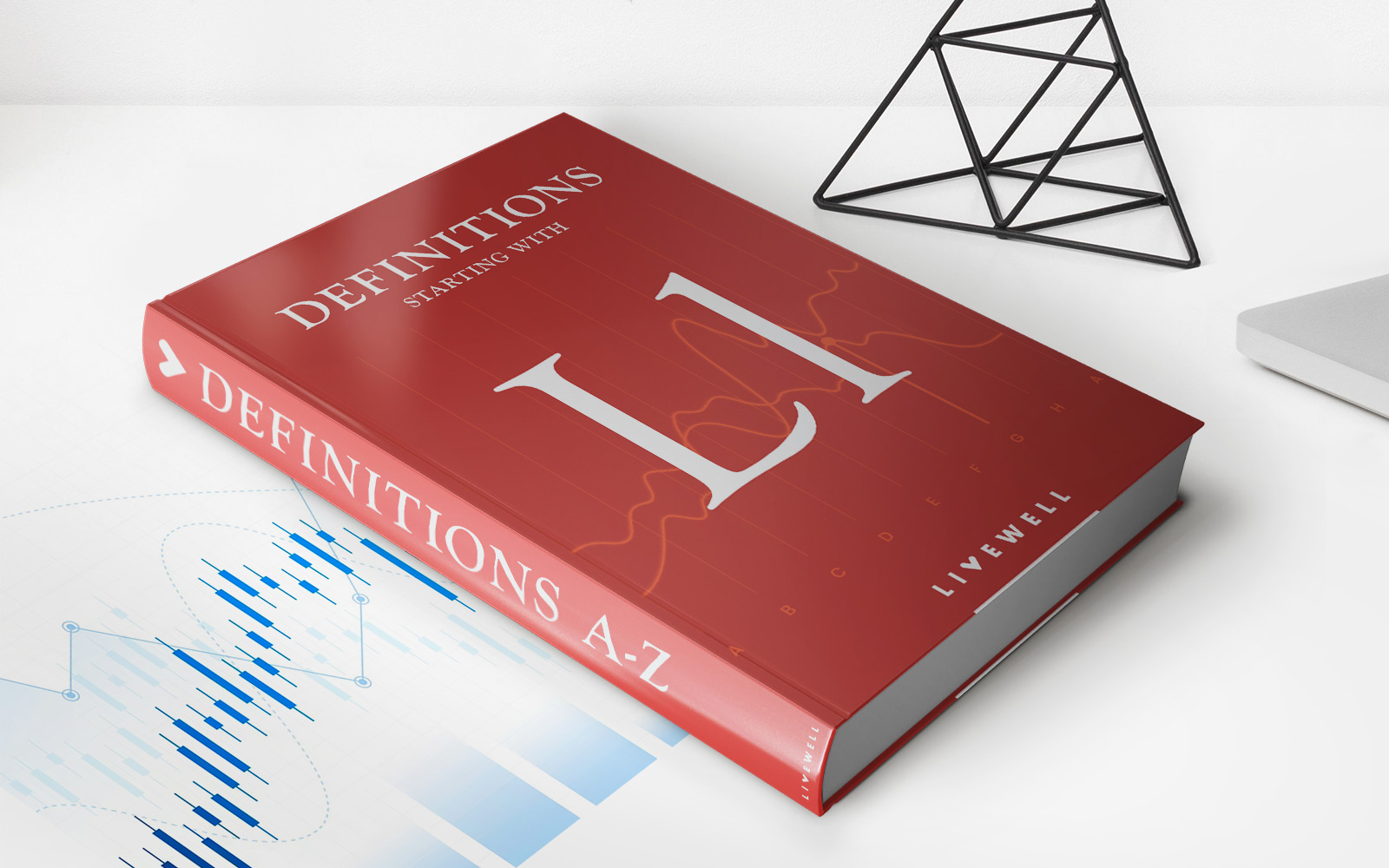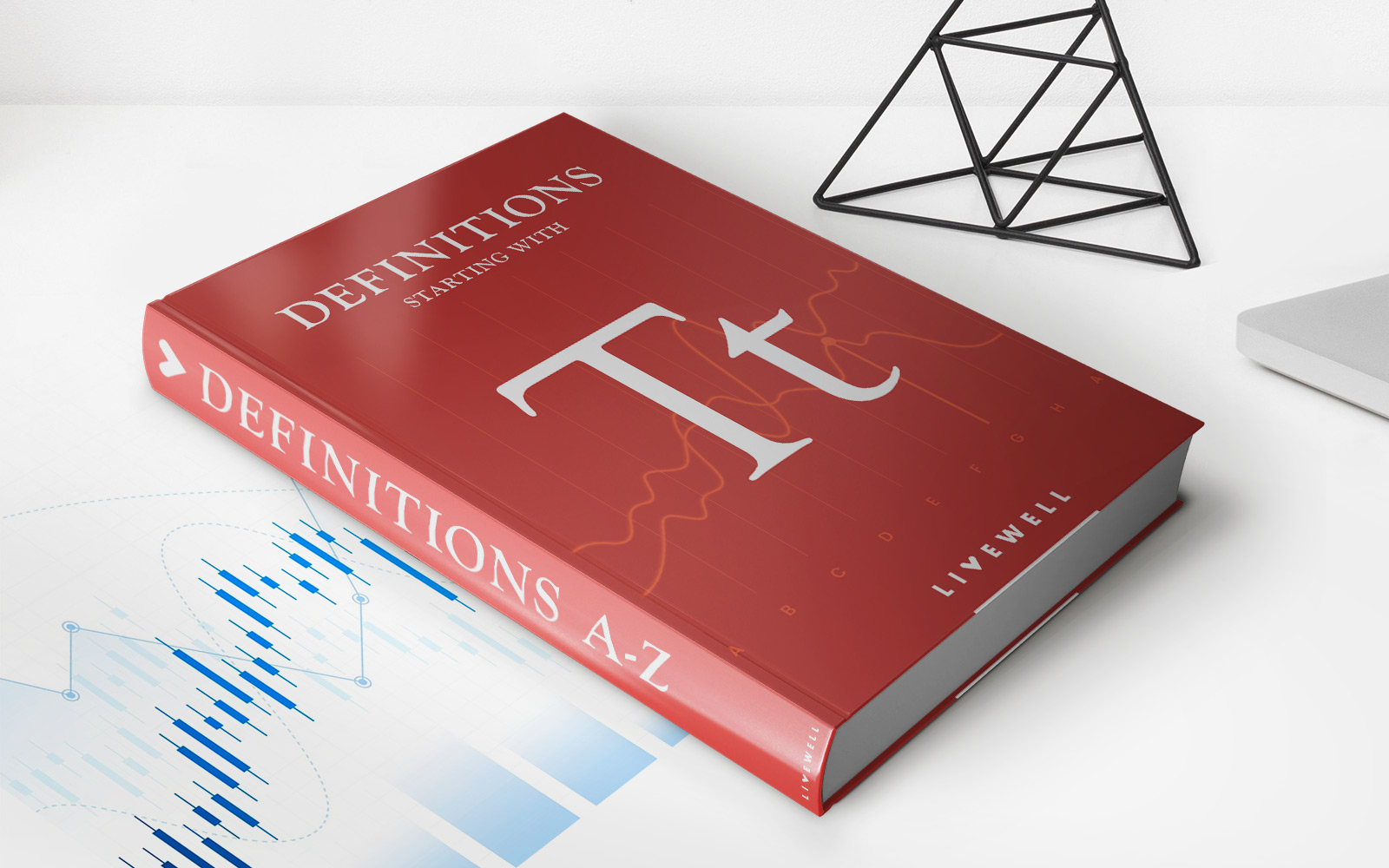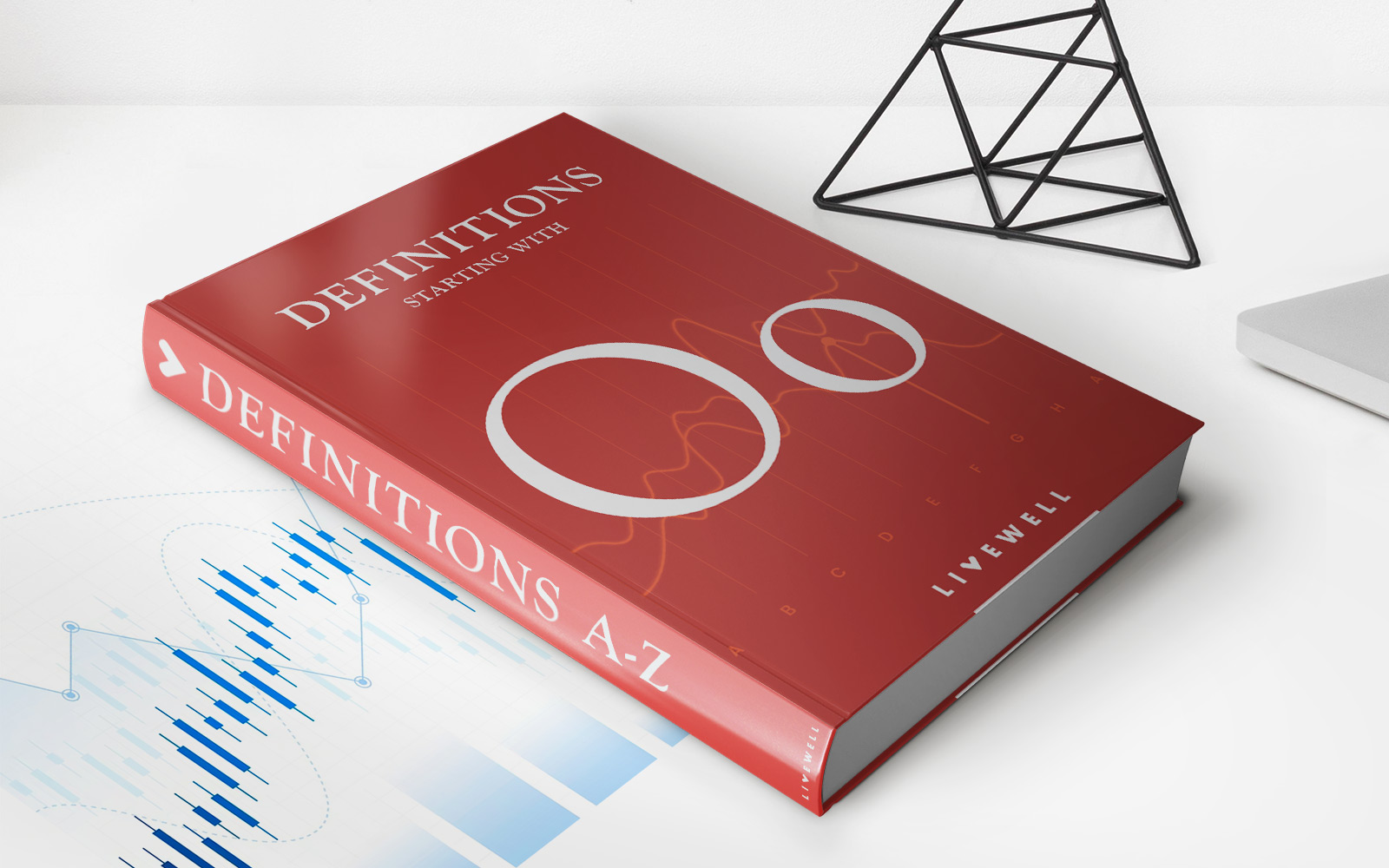Home>Finance>Demand For Labor: Definition, Factors, And Role In Economy
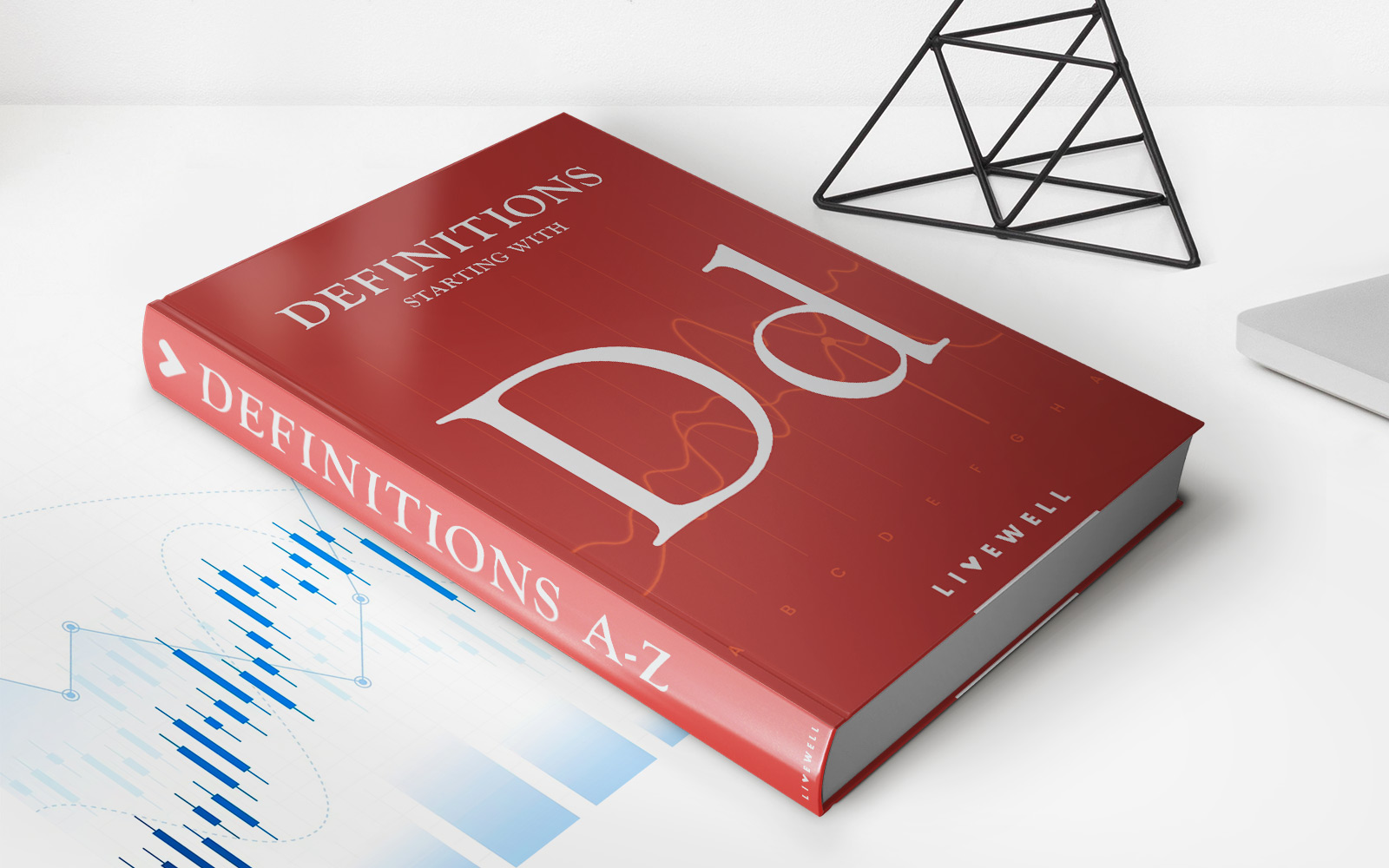

Finance
Demand For Labor: Definition, Factors, And Role In Economy
Published: November 10, 2023
Learn about the definition, factors, and role of demand for labor in the economy. Explore the finance aspect and its significance in shaping economic trends.
(Many of the links in this article redirect to a specific reviewed product. Your purchase of these products through affiliate links helps to generate commission for LiveWell, at no extra cost. Learn more)
Understanding the Demand for Labor: Definition, Factors, and Role in the Economy
Have you ever wondered why certain industries have high employment rates while others struggle to find qualified workers? The answer lies in the concept of demand for labor. In this article, we will delve deeper into the definition of labor demand, explore the various factors that influence it, and understand its crucial role in the functioning of the economy.
Key Takeaways:
- Labor demand refers to the number of workers that businesses and industries require to meet their production goals and objectives.
- Factors such as technological advancements, changes in consumer preferences, and government regulations significantly impact the demand for labor.
The Definition of Labor Demand
Labor demand can be defined as the quantity of workers that businesses and industries are willing and able to hire at a given wage rate. It depends on several factors, including the overall level of economic activity, the industry’s specific needs, and the productivity of labor. Businesses will hire more workers when they anticipate an increase in demand for their goods or services, or when they want to expand their operations.
Factors Influencing Labor Demand
The demand for labor is influenced by a wide range of factors. Let’s take a closer look at some of the key factors:
- Technological Advancements: Technological advancements can lead to automation and the use of machinery, reducing the need for human labor in certain industries. Conversely, new technologies may create new jobs or increase the demand for skilled workers.
- Population Growth and Consumer Preferences: Increasing population directly leads to higher demand for goods and services, which, in turn, increases the demand for labor. Additionally, changes in consumer preferences and trends can also impact labor demand, as industries shift to meet these changing demands.
- Economic Conditions: The overall state of the economy plays a significant role in labor demand. During periods of economic growth, businesses may experience increased demand for their products or services, leading to higher labor demand. Conversely, during economic downturns, businesses may reduce their workforce to cut costs.
- Government Regulation and Policy: Government regulations and policies can have a substantial influence on labor demand. For example, changes in labor laws or increases in minimum wage requirements can directly impact the hiring decisions of businesses.
The Role of Labor Demand in the Economy
Labor demand has a vital role in the functioning of the economy. Here are a few key aspects:
- Economic Growth: A high demand for labor indicates a thriving economy. When businesses require more workers, it signifies that they have expanded their operations, leading to increased production and economic growth.
- Unemployment Levels: A low demand for labor can result in higher unemployment rates. When businesses reduce their workforce or refrain from hiring, it can lead to job losses and increased unemployment levels.
- Wage Levels: Labor demand also influences wage levels. When the demand for specific skills or qualifications increases, employers may offer higher wages to attract qualified candidates.
In conclusion, understanding the demand for labor is crucial for businesses, individuals seeking employment, and policymakers. By analyzing the factors that influence labor demand, stakeholders can make informed decisions that can drive economic growth and ensure a healthy job market. Whether you are an employer looking to expand your workforce or an employee considering career prospects, keeping an eye on labor demand trends is essential for success.



